The Myth of No-Till: The Future is Regenerative Organic Agriculture
The Rodale Institute’s 40-Year-Report on their Farming Systems Trial should end the myth of the toxic, GMO herbicide, no-till systems. Rodale’s scientific trials clearly show that these degenerative no-till systems are inferior to Regenerative Organic Agriculture on every key criterion. (Rodale 2022)
The Farming Systems Trial showed that the organic manure systems that used standard or limited tillage had higher levels of soil organic matter (soil organic carbon) and higher crop yields than GMO herbicide no-till. The trials produced the highest yields of maize in the tilled organic manure system and the best increases in soil organic carbon where the organic manure system used limited tillage. The limited tillage field was tilled every second year. Very significantly, 40 years of research show that organic maize yields have been 31 percent higher than conventional/industrial farming systems in drought years.
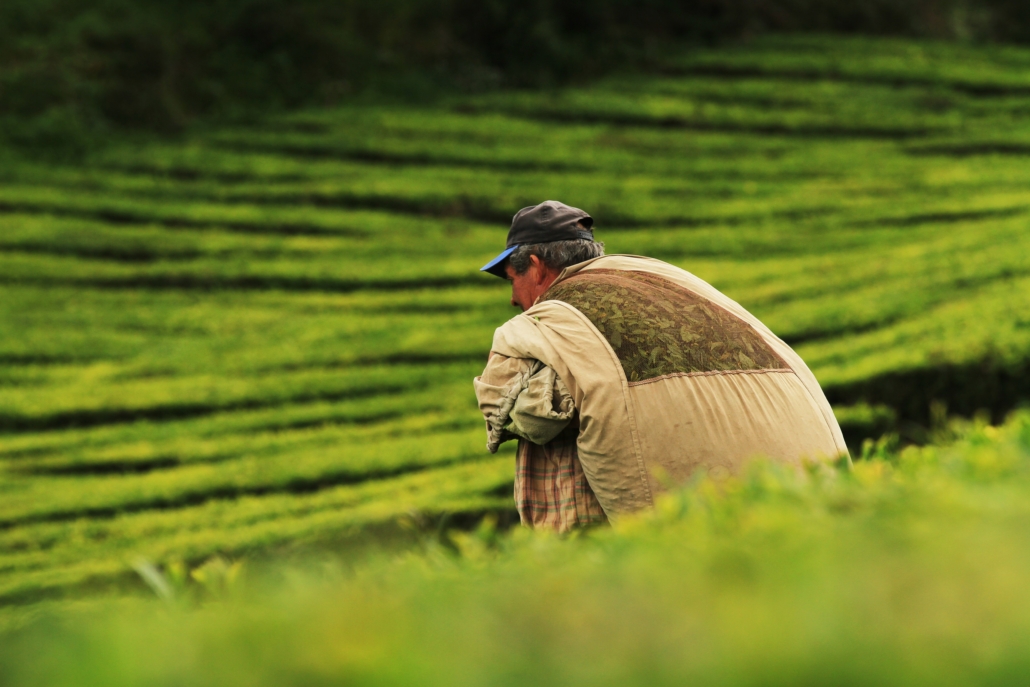
Photo credit: Unsplash
No-till does not produce higher levels of SOC
This information is consistent with a large body of science that shows that herbicide no-till systems do not produce higher levels of soil organic carbon (SOC) than tillage systems.
An earlier US study comparing herbicide GMO no-till with an organic agricultural tillage system compared multiple parameters. The organic system found better soil quality, including SOC levels. The results found that systems incorporating high amounts of organic inputs from manure and cover crops can improve soils more than no-tillage systems despite reliance on a minimum level of tillage. (Teasdale, Coffman and Mangum 2007) .
Researchers conducted a meta-analysis of 74 published studies comparing no-till and full-tillage management. They found that no-till can reduce SOC stocks, cause losses in crop yields, and cause a decline in Carbon (C) inputs depending on climate. Yields can also increase with no-till adoption in some instances. C input losses greater than 15% with the adoption of no-till lead to a loss of SOC. (Ogle, Swan and Paustian 2012)
Research from Ohio State University compared carbon levels between no-till and tillage fields and found that, in some cases, carbon storage was more significant in the tillage fields. The key is soil depth. They compared the carbon storage between no-till and plowed fields with the plow depth of 20 cm and found that the carbon storage was generally much more significant in no-till fields than in plowed fields. When they examined 30 cm and deeper, they found more carbon stored in plowed fields than in the no-till ones. The researchers concluded that farmers should not measure soil carbon based on surface depth. They recommended going as much as one meter below the soil surface to get a more accurate assessment of SOC. (Christopher, Lal and Mishra 2009)
A review of 120 papers on SOC sequestration by researchers from universities in Illinois, Wisconsin, Iowa, and Ohio compared the difference between the no-till and tilled plots. Their findings did not support SOC sequestration claims of the no-till industry. They found that the no-till subsurface layer often loses more SOC stock over time than is gained in the surface layer. (Olson 2013)
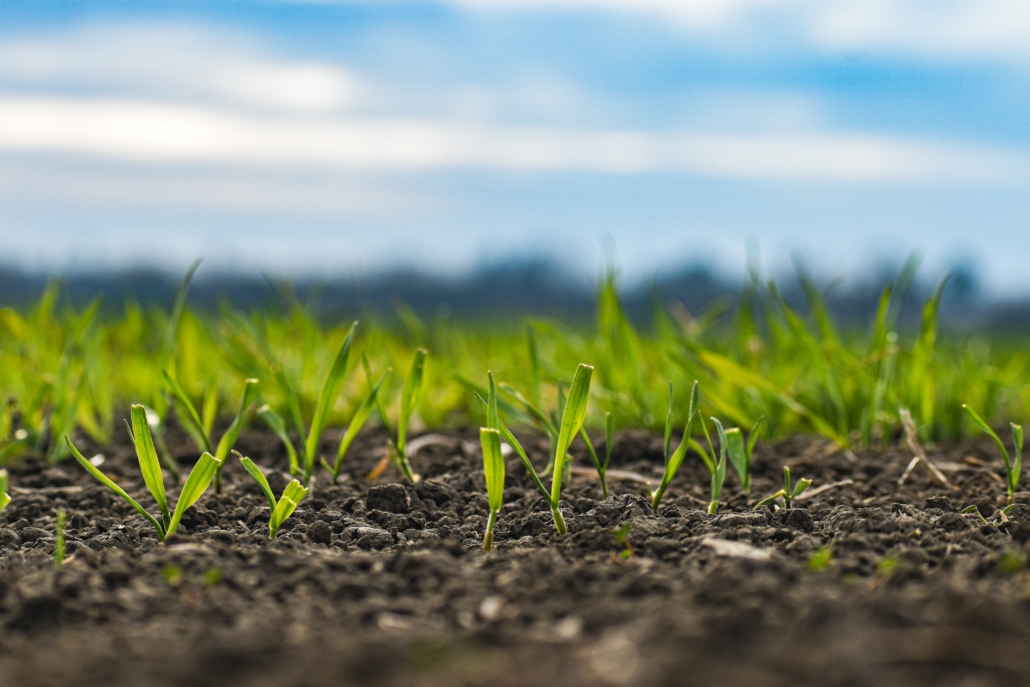
Photo credit: Unsplash
Understanding Soil Organic Matter
The push for no-till is partially the result of the multiple roles of soil organic matter being ignored by agricultural workers. The other driver has been the sale of $billion of toxic herbicides and GMOs.
This lack of research into organic systems has resulted in fundamental errors in understanding how the cycling of soil organic matter works to release nutrients, build soil health and assist with water capture and retention.
Cycling the labile (short-term) organic matter fraction is the key to nutrient availability. Short-term soil disturbances, like animals trampling pasture and the correct tillage systems, oxygenate the soil. This stimulates soil microbes to feed on the soil organic matter, releasing nutrients. There is a massive misunderstanding about the role of microbes that oxidize soil organic matter. A certain level of oxidization is essential to release the nutrients to feed the crops. Without oxidization, many minerals can be locked into the organic matter. The key is to correctly manage the cycles of both the short-term and long-term soil organic matter fractions. We want the labile fraction to actively cycle and continuously release nutrients to feed growing crops. This can be done while increasing the stable soil organic matter fractions. (Leu 2021b)
Labile (Short-Term) Fraction
The labile fraction is composed of decaying organic matter. This is the most crucial part of the two main soil organic matter (SOM) cycles. This is the stage in which microbes break down the residues of crops, leaves, twigs, branches, root excretions, animal manures, and animal remains and release all of their minerals, sugars, and other compounds into the soil to feed plants and other microorganisms. This complex process is known as the soil food web or the soil microbiome.
The key to this cycle is that it needs to be continuously fed with fresh organic matter—the molecules of life—to ensure that it is active.
Some models in books and scientific papers describe this cycle and then look no deeper into the SOM cycles. These models assume that all the carbon in the organic matter has to be completely decayed into carbon dioxide (CO2) for the minerals to be released as nutrition to plants. In natural ecosystems and under good management, though, some parts of the decaying organic matter form stable soil organic matter fractions.
Stable (Long-Lasting) Fraction
The most stable organic matter fractions are humus, glomalin (from fungi), and charcoal (char). Research shows that humus and char can last for thousands of years in the soil. Other fractions are less stable (labile) and can easily volatilize into CO2.
It is the lignins of plants that form humus, the most stable and important form of SOM. These are found in mature coarse plants. The key to increasing humus and building long-term stable SOM is to allow cover and cash crops to fully mature.
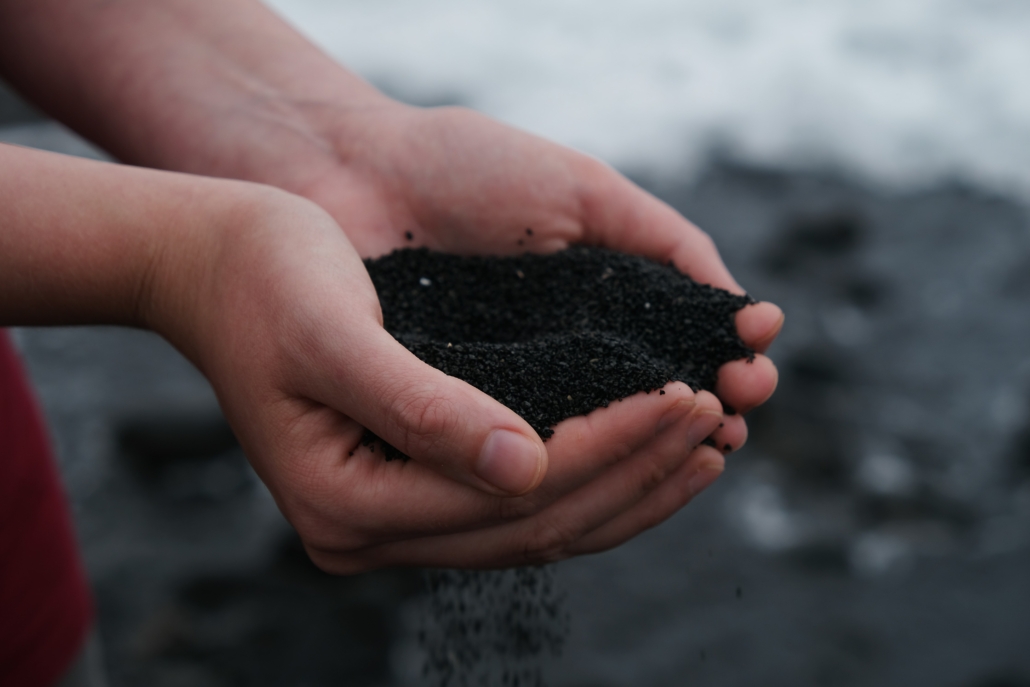
Photo credit: Unsplash
The Correct Tillage Systems
Correct tillage systems stimulate the microbiome to bio-degrade the short-term SOM fractions, releasing nutrients to the cash and cover crops. When this is done properly, a percentage of this organic matter is transformed by the soil microbiome into the stable soil organic matter fraction, increasing long-term SOM levels.
In well-managed systems, there can be a short decline in SOM levels as it is consumed by the soil microbiome to release nutrients to the crop, but SOM levels do increase in the long term. The correct management systems quickly replenish and increase SOM due to the roots of high-quality cover/cash crops excreting the molecules of life into the soil. This is the carbon gift / liquid carbon pathway.
The key to ensuring that the system is increasing and/or maintaining SOM levels is to continuously feed it with fresh organic matter—the molecules of life—so that it is active. This is done by growing plants. Bare soil should be covered with plants as quickly as possible.
Synthetic Nitrogen Fertilizers cause a Decline in SOC
The main reason for the loss of soil carbon in farming systems is not tillage; it is synthetic nitrogen fertilizers. Research shows that there is a direct link between the application of synthetic nitrogenous fertilizers and a decline in soil carbon. (Khan et al. 2007, Mulvaney et al. 2009, Man et al. 2021)
Scientists at the University of Illinois analyzed the results of a fifty-year agricultural trial. They found that applying synthetic nitrogen fertilizer had resulted in all the carbon residues from the crop disappearing, as well as an average loss of around 10,000 Lbs of soil carbon per Acre (10,000 kg of soil carbon per hectare). This is around 36,700 pounds of carbon dioxide per acre (36,700 kg of CO2 per hectare) over and above the many thousands of pounds of crop residues that are converted into carbon dioxide yearly. The researchers found that the higher the application of synthetic nitrogen fertilizer, the greater the amount of soil carbon lost as CO2. This is one of the major reasons there is a decline in soil carbon in industrial agricultural systems and an increase in organic systems. (Khan et al. 2007, Mulvaney et al. 2009)
Regenerative Organic Agriculture is the Future
It is a myth that the toxic degenerative GMO herbicide no-till systems can give higher crop yields and significant increases in soil organic carbon.
The fact is that we have enough high-quality studies now to show that Regenerative Organic Agriculture has the highest yields and the best increases in soil organic carbon.
Scaling up Regenerative Organic Agriculture can reverse climate change, increase biodiversity, improve water capture and retention, stop soil loss, be more profitable for farmers and ranchers, and very significantly nourish the world with high yields of healthy non-toxic food.
References:
Christopher S. F, Lal R and Mishra, U, 2009. Long-term no-till effects on carbon sequestration in the Midwestern U.S. Soil Science Society of America Journal, 73: 207-216.
Khan, S.A., R.L. Mulvaney, T.R. Ellsworth, and C.W. Boast. 2007. The myth of nitrogen fertilization for soil carbon sequestration. Journal of Environmental Quality 36:1821-1832. \
Leu A 2013, Commentary V: Mitigating climate change with soil organic matter in organic production systems. TRADE AND ENVIRONMENT REVIEW, 2013, WAKE UP BEFORE IT IS TOO LATE, Ed. Ulrich Hoffman, UNCTAD/DITC/TED/2012/3 UNITED NATIONS PUBLICATION ISSN 1810-5432
Leu A 2014, THE POTENTIAL FOR MITIGATION AND ADAPTATION TO CLIMATE CHANGE WITH SOIL ORGANIC MATTER INCREASES IN ORGANIC PRODUCTION SYSTEMS. Acta Horticulturae. 1018, 75-82
Leu A 2021a, Our Global Regeneration Revolution: Organic 3.0 to Regenerative and Organic Agriculture https://regenerationinternational.org/2021/07/12/our-global-regeneration-revolution-organic-3-0-to-regenerative-and-organic-agriculture/
Leu A 2021b, GROWING LIFE, REGENERATING FARMING AND RANCHING, Acres USA, Greeley Colorado, USA, December 2021
Mulvaney, R.L., S.A., Khan, and T.R. Ellsworth. 2009. Synthetic nitrogen fertilizers deplete soil nitrogen: A global dilemma for sustainable cereal production. Journal of Environmental Quality 38:2295-2314.
Man, M., B. Deen, K.E. Dunfield, C.Wagner-Riddle, and M.J. Simpson. 2021.Altered soil organic matter composition and degradation after a decade of nitrogen fertilization in a temperate agroecosystem. Agriculture, Ecosystems & Environment 310:107305.
Ogle SM, Swan A and Paustian K. 2012, No-till management impacts on crop productivity, carbon input and soil carbon sequestration, Agriculture, Ecosystems &Environment,
Volume 149, 1 March 2012, Pages 37-49 https://doi.org/10.1016/j.agee.2011.12.010
Olson K R 2013, Soil organic carbon sequestration, storage, retention and loss in U.S. croplands: Issues paper for protocol development. Geoderma, 2013; 195-196: 201 DOI: 10.1016/j.geoderma.2012.12.004
Rodale 2022, Farming Systems Trial 40-YEAR REPORT, Rodale Institute, https://rodaleinstitute.org/science/farming-systems-trial, Accessed December 8, 2022
Teasdale JR, Coffman CB and Mangum RW (2007). Potential long-term benefits of no-tillage and organic cropping systems for grain production and soil improvement. Agronomy Journal, Sept–Oct, 99 (5): 1297-1305.

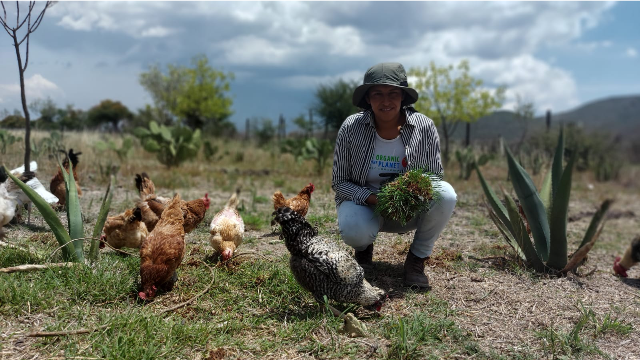
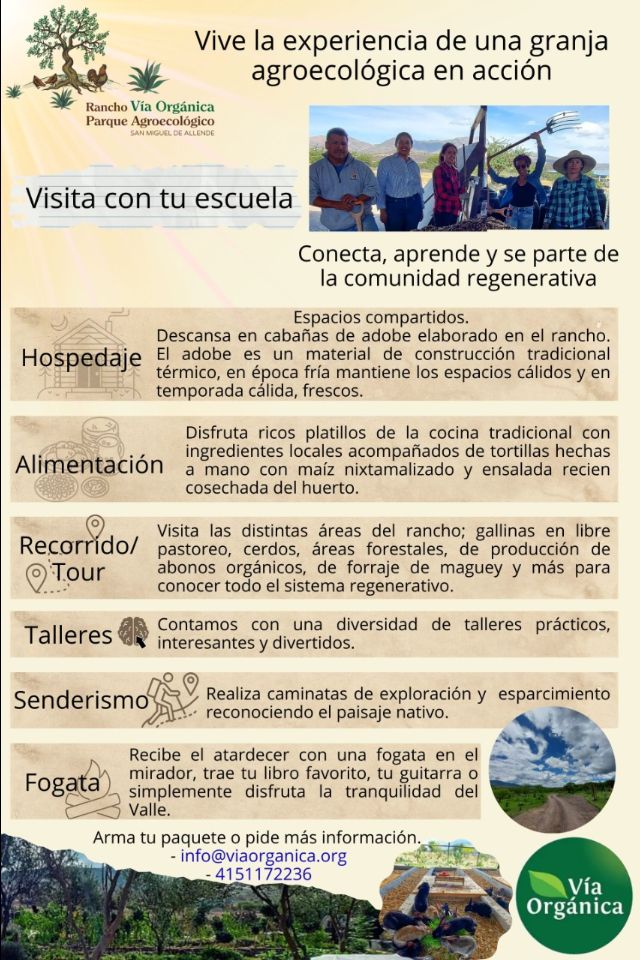
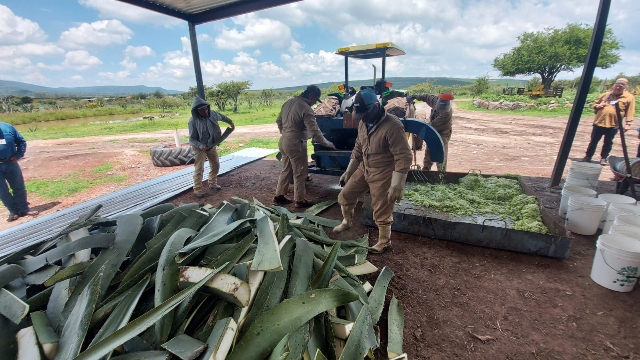
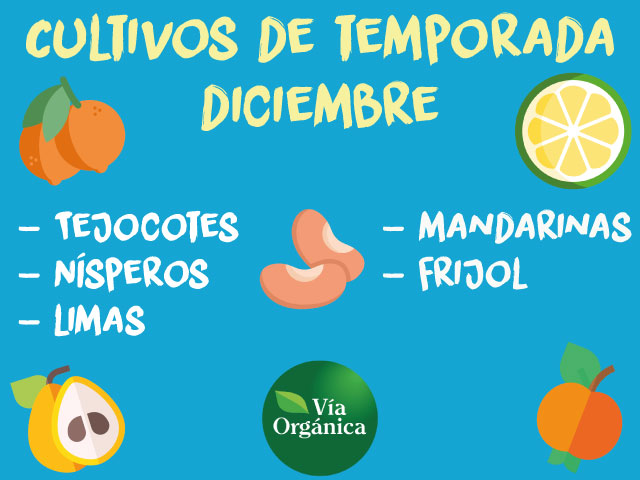
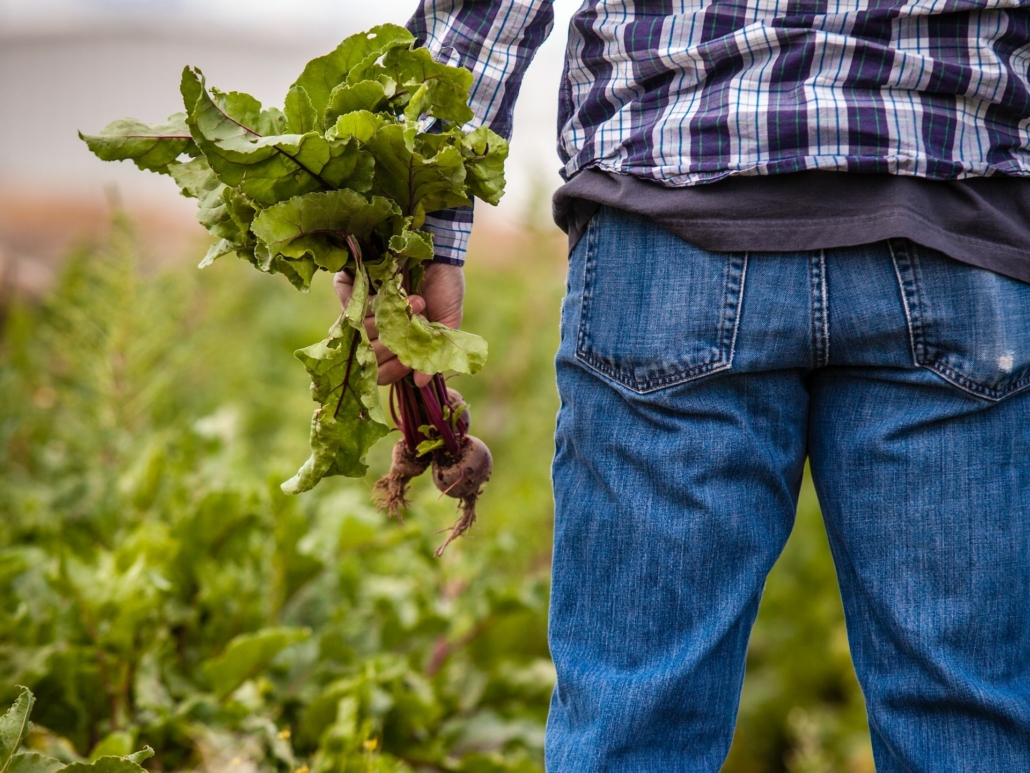
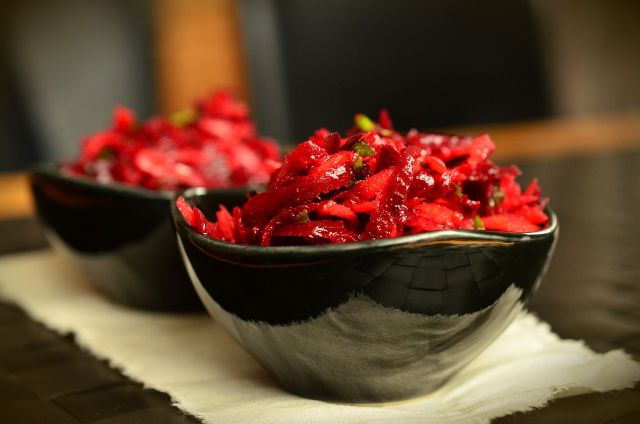
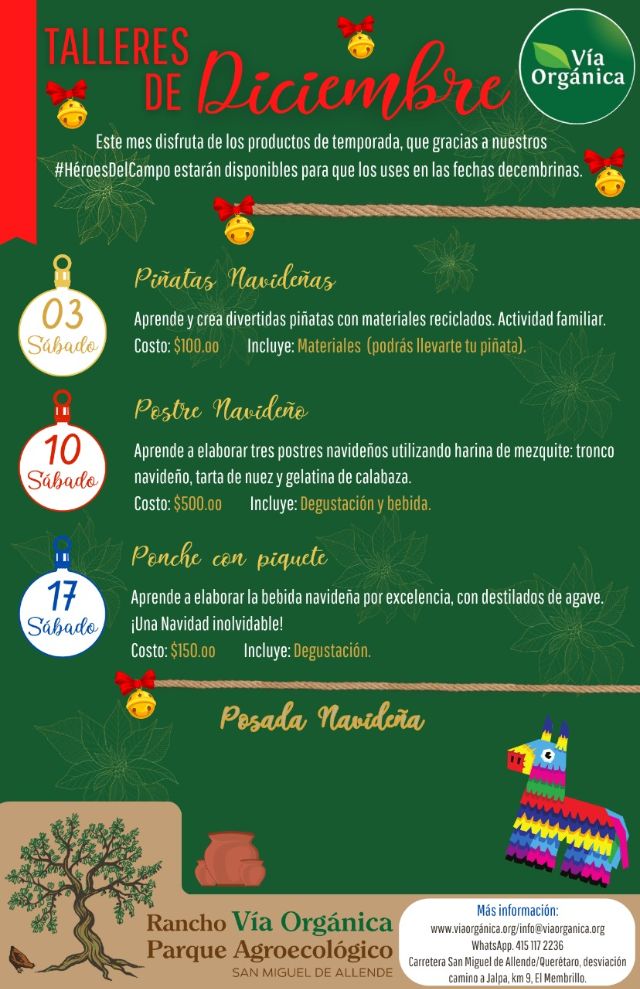
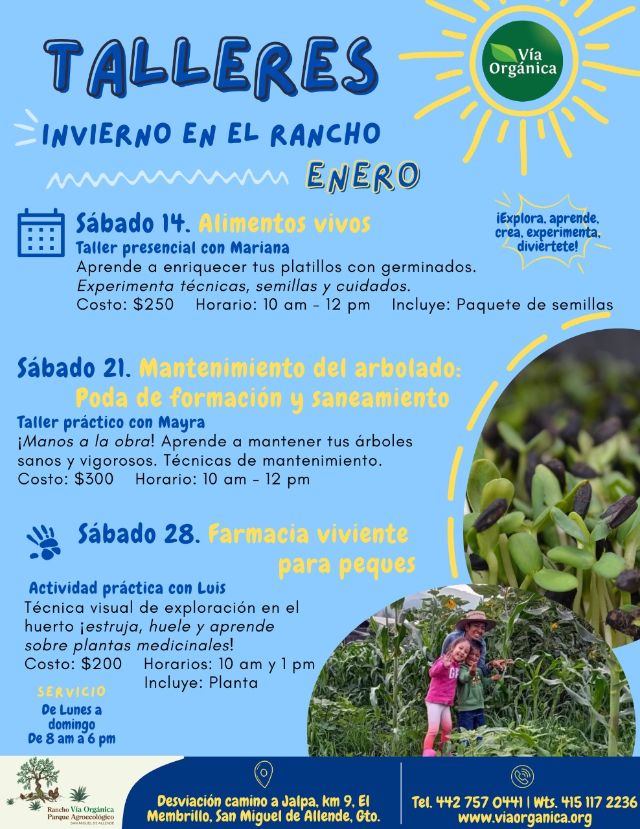
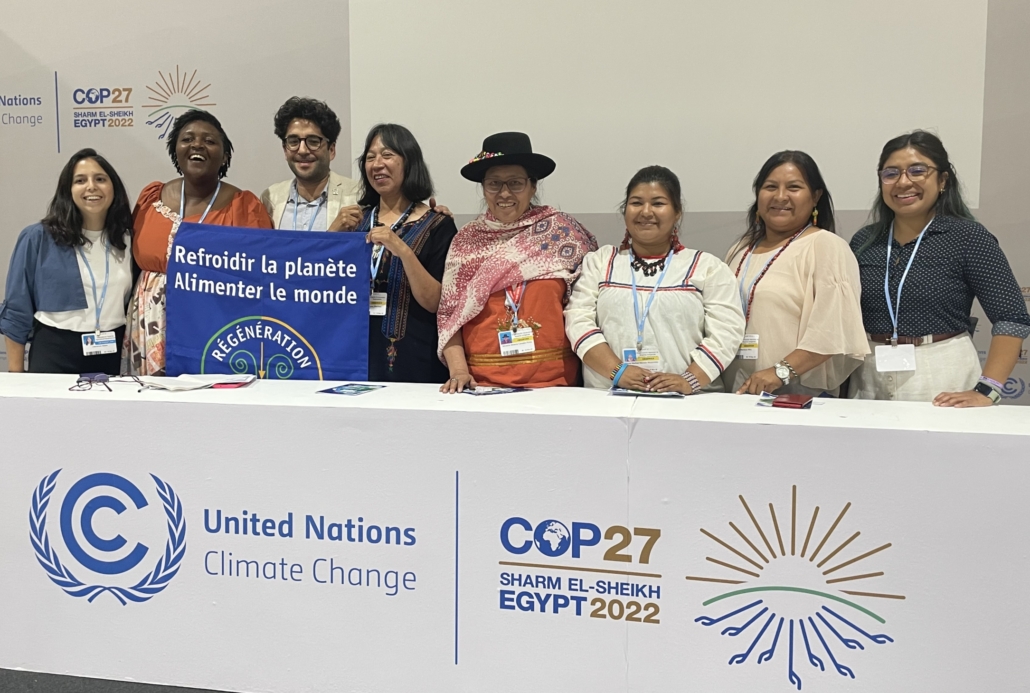
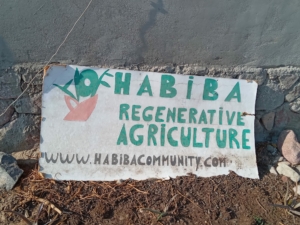
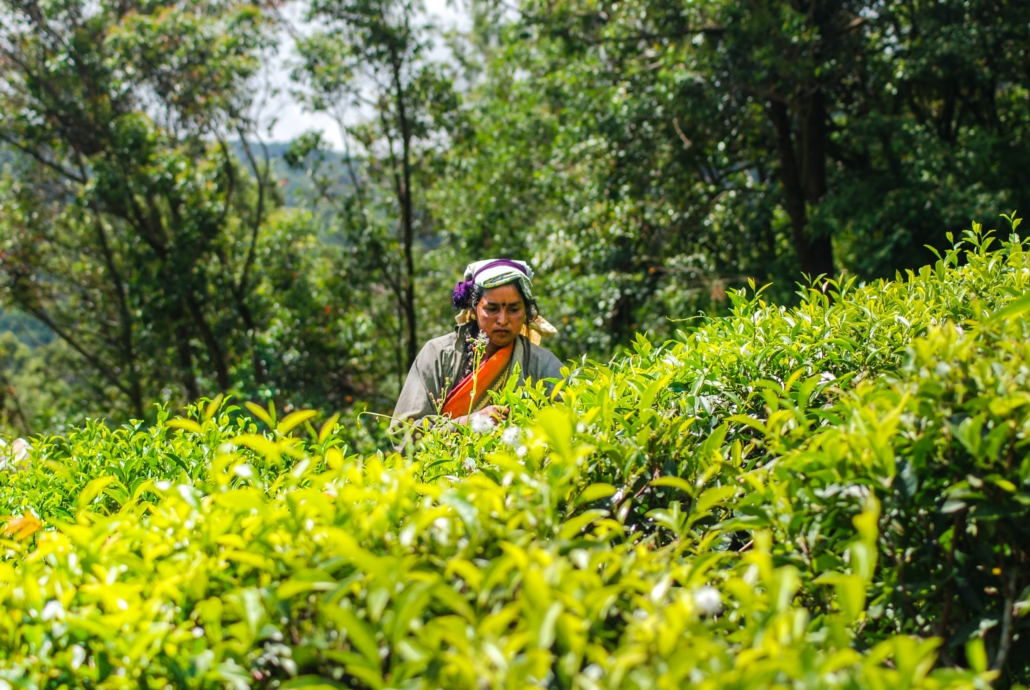
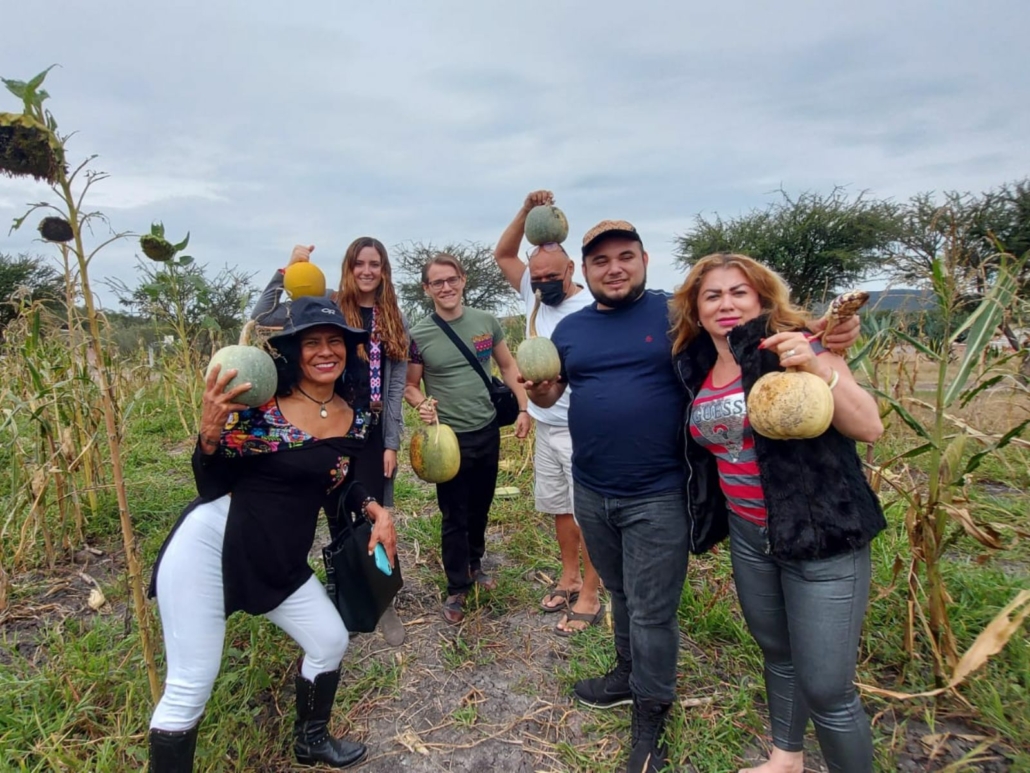
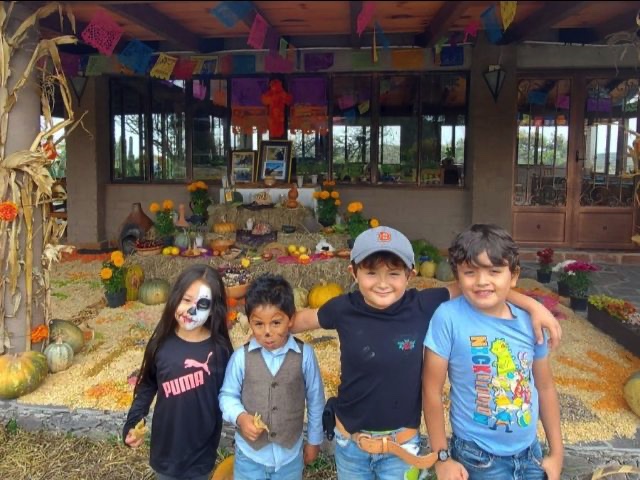
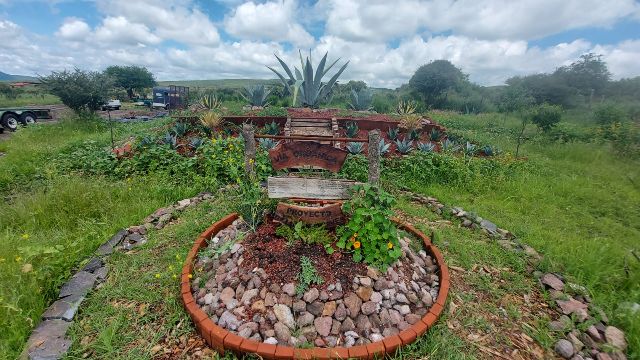
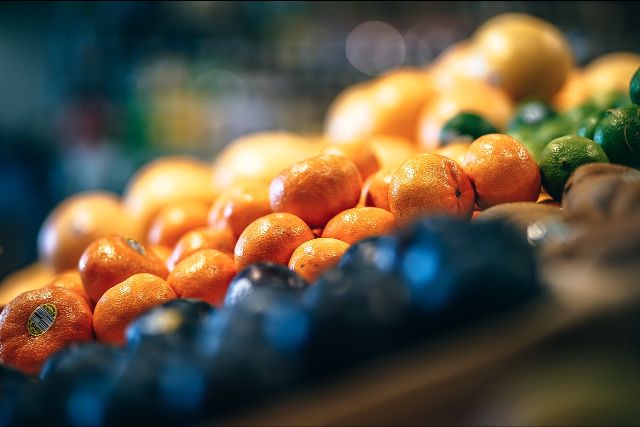
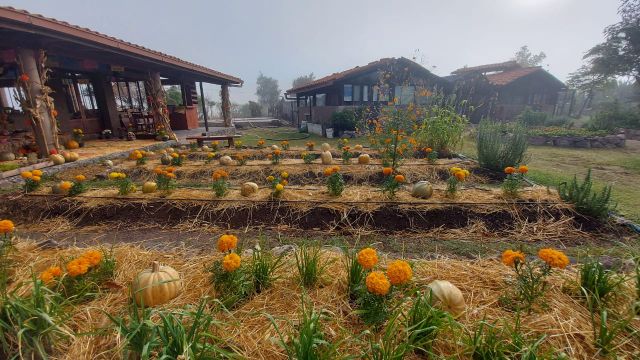
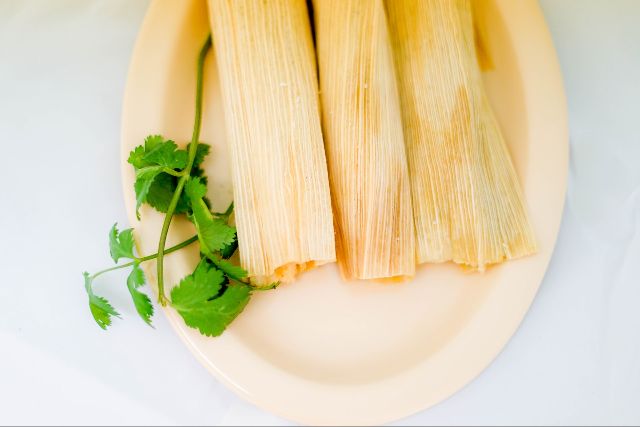
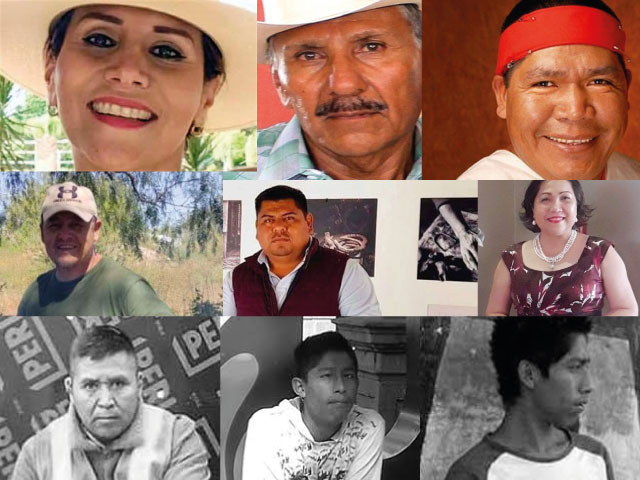
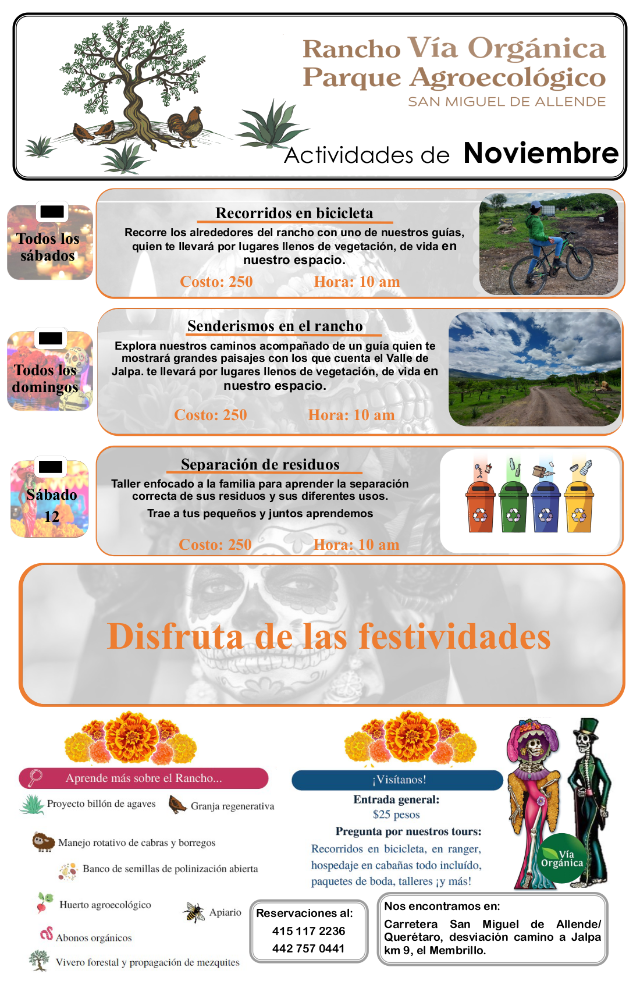
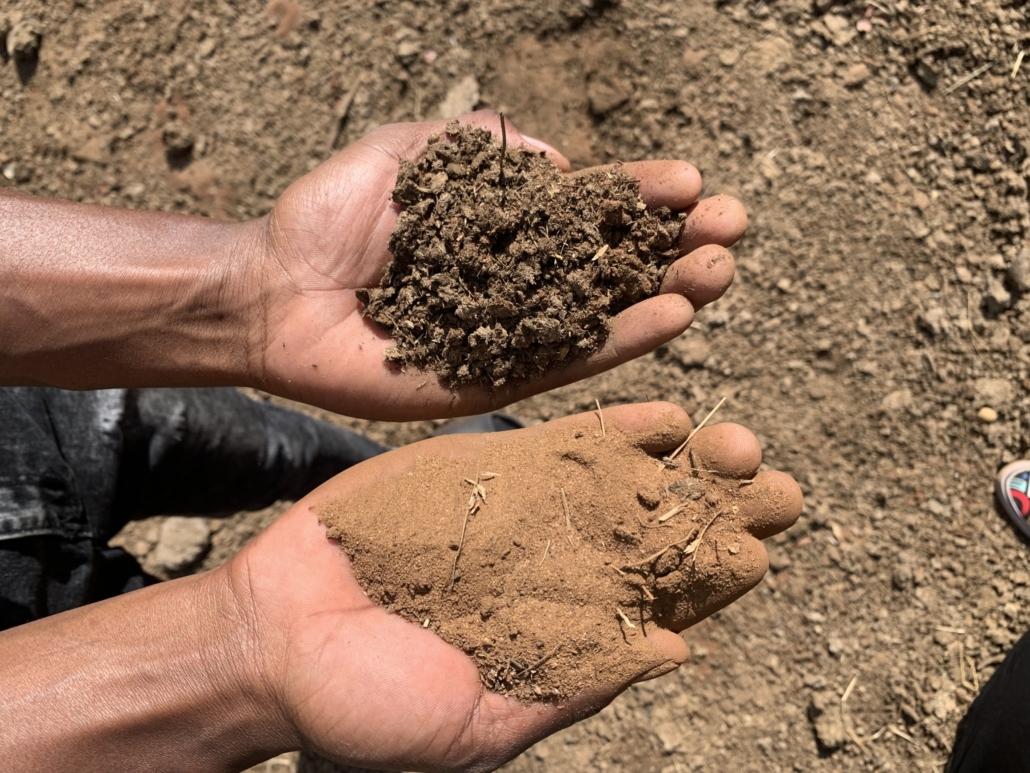
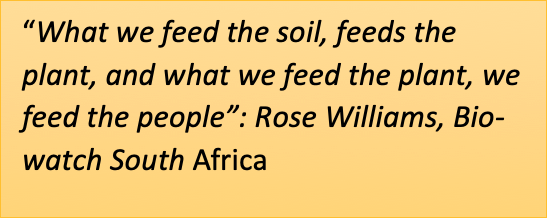
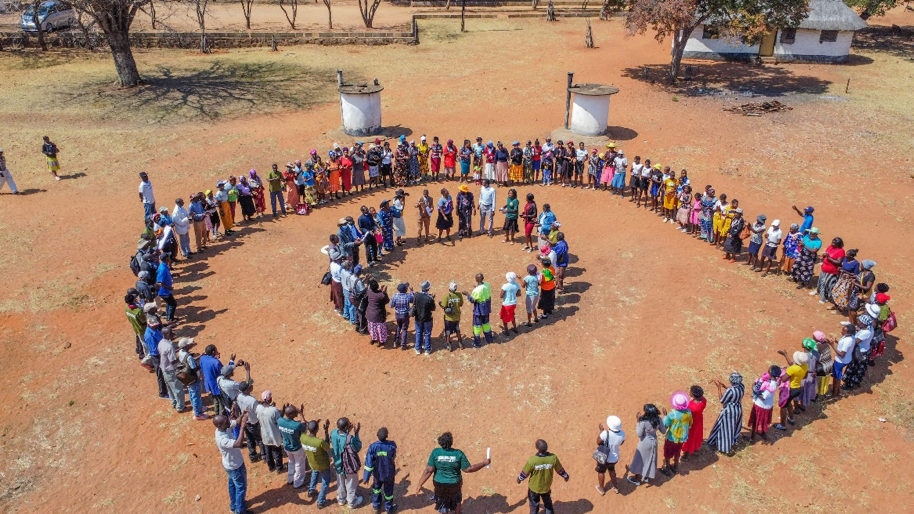
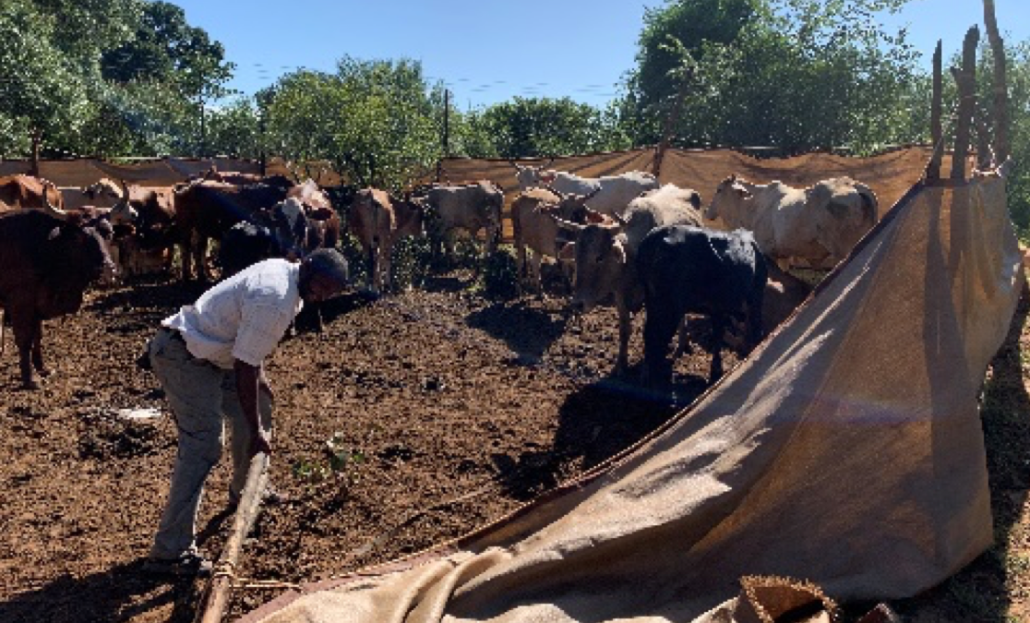
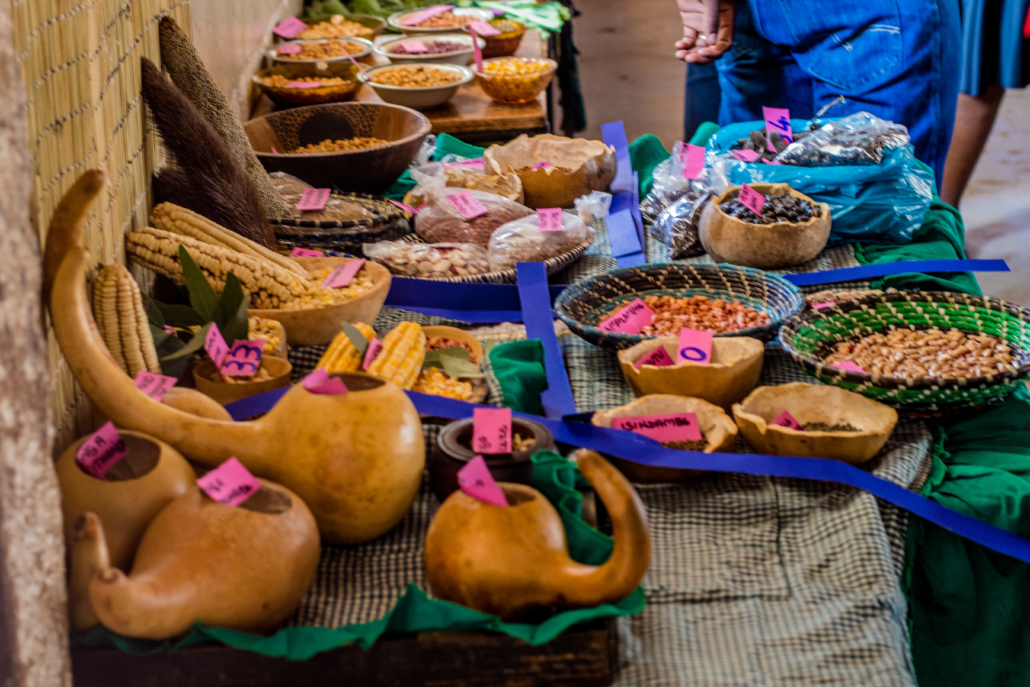
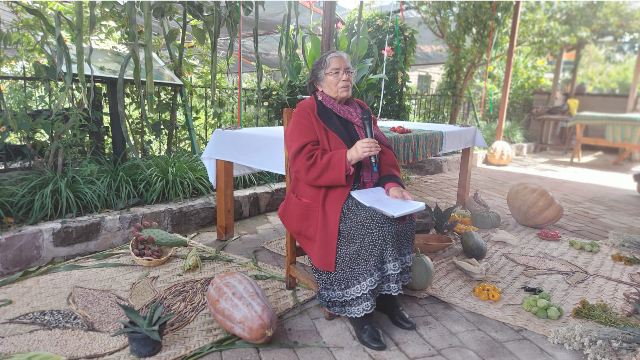
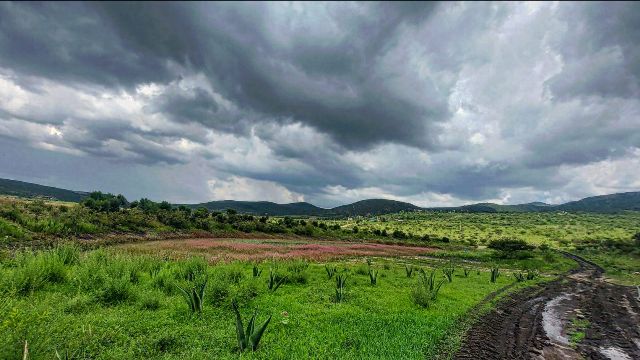
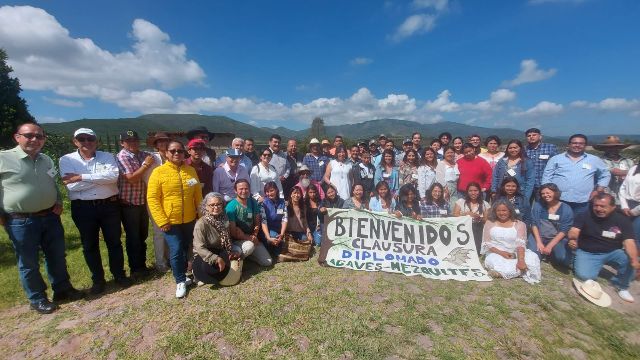
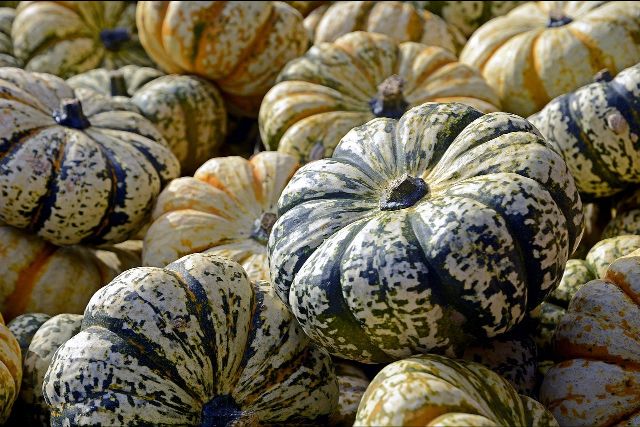
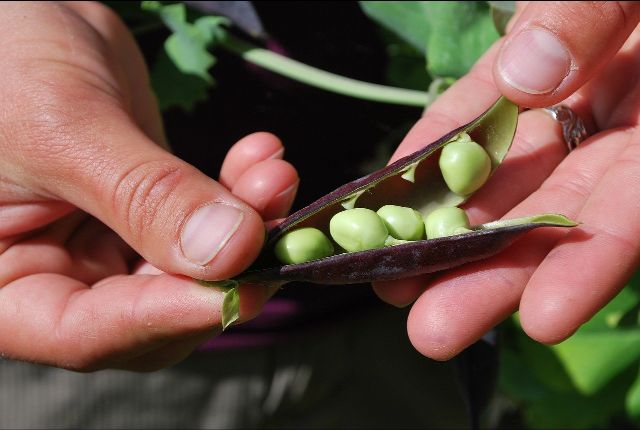
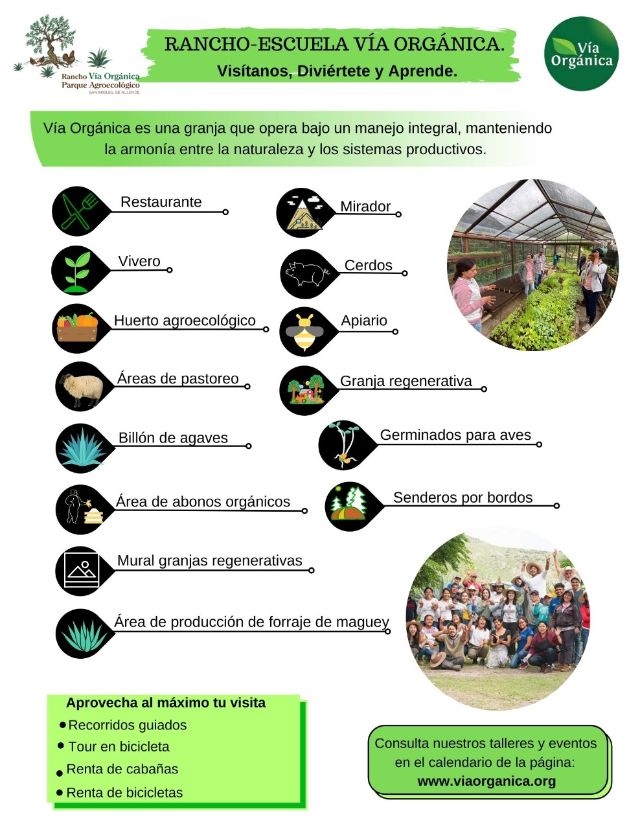
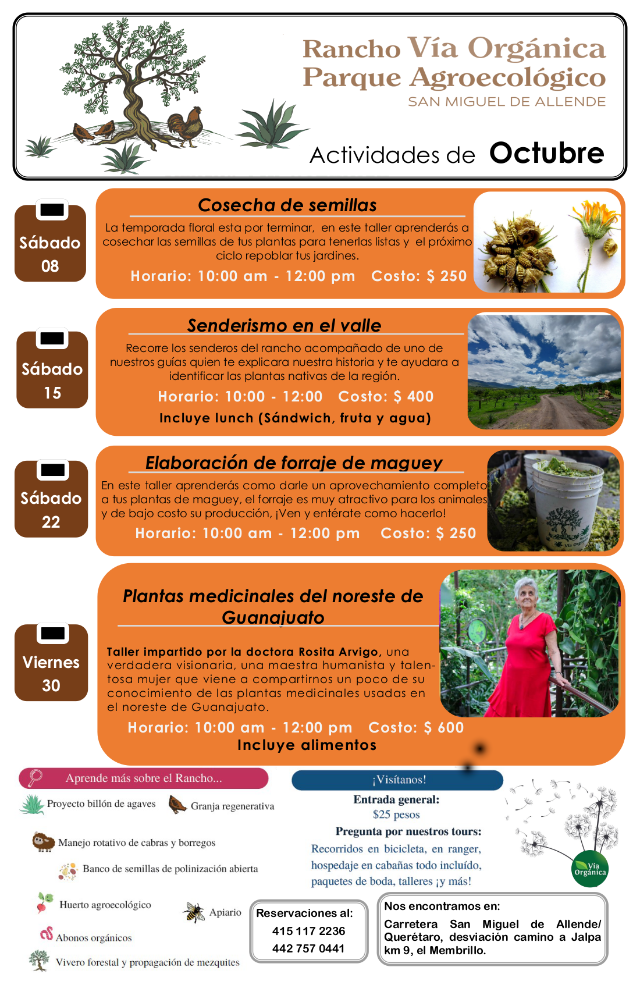
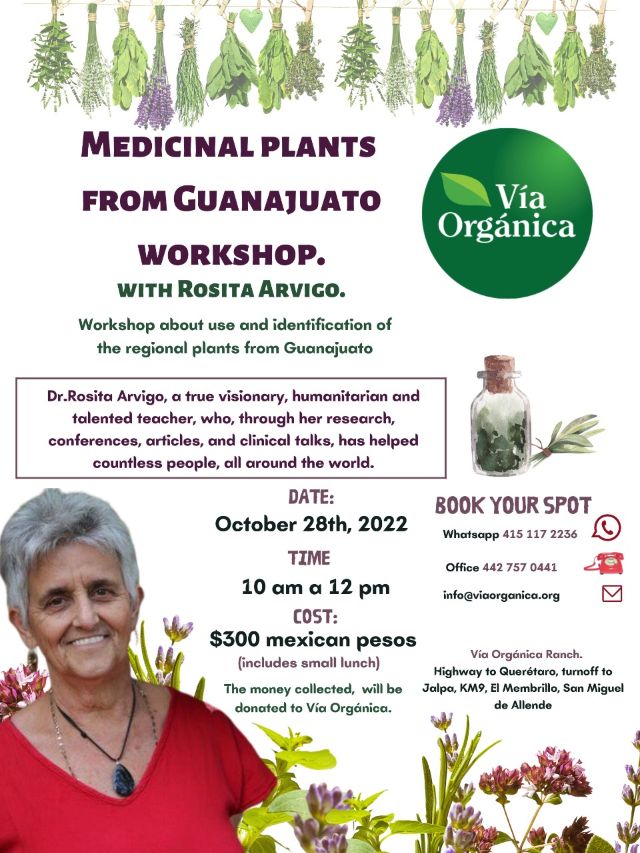
 But now Bill Gates, the gene-engineers, the World Economic Forum, and the Davos “Great Reset” technocrats and authoritarians, the folks who anticipated and profited off of COVID and the lockdowns, have a bold new plan to shove down our throats: get rid of animal agriculture, ranching, and small farms entirely. Make lab-engineered fake meat, fake milk, and fake cheese the new normal. Pretend they’re not genetically engineered and therefore they don’t have to be properly safety-tested and labeled. Divide and conquer vegans and carnivores, urban consumers and rural communities. Drive into bankruptcy and off the land the billion ranchers, small farmers, and herdsmen/women around the world, who depend on raising animals and livestock for their survival.
But now Bill Gates, the gene-engineers, the World Economic Forum, and the Davos “Great Reset” technocrats and authoritarians, the folks who anticipated and profited off of COVID and the lockdowns, have a bold new plan to shove down our throats: get rid of animal agriculture, ranching, and small farms entirely. Make lab-engineered fake meat, fake milk, and fake cheese the new normal. Pretend they’re not genetically engineered and therefore they don’t have to be properly safety-tested and labeled. Divide and conquer vegans and carnivores, urban consumers and rural communities. Drive into bankruptcy and off the land the billion ranchers, small farmers, and herdsmen/women around the world, who depend on raising animals and livestock for their survival.